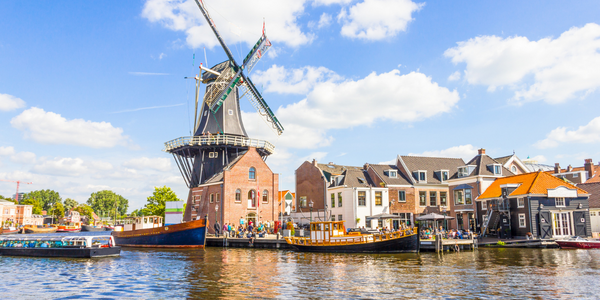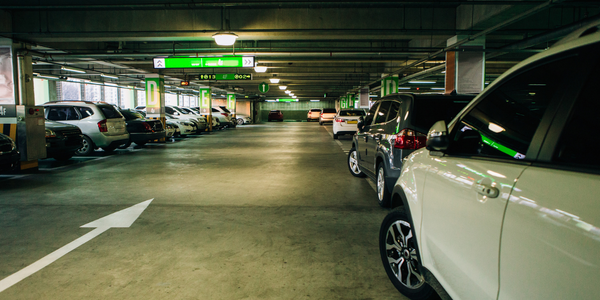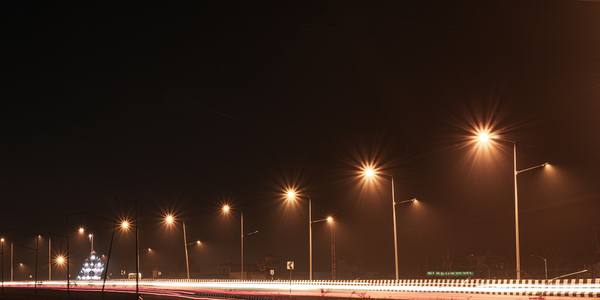公司规模
Large Corporate
地区
- America
国家
- United States
产品
- Zenoss
技术栈
- Windows servers
- VMware
- Oracle Real Application Clusters
- AIX
- Linux
实施规模
- Enterprise-wide Deployment
影响指标
- Digital Expertise
- Productivity Improvements
技术
- 分析与建模 - 实时分析
- 应用基础设施与中间件 - 数据交换与集成
适用行业
- 城市与自治市
适用功能
- 维护
- 质量保证
用例
- 基础设施检查
- 预测性维护
服务
- 软件设计与工程服务
- 系统集成
关于客户
本案例研究中的客户是北达科他州,具体来说是信息技术部 (ITD)。ITD 负责该州几乎所有政府实体的 IT 运营。这包括为 300 多个地理分散的学区提供网络访问,这些学区依靠 ITD 来托管通用的学生信息系统平台。IT 运营团队还负责监控总统和州选举服务。ITD 在州首府俾斯麦运营,但也通过全州网络为各个区域设施提供服务。
挑战
北达科他州的信息技术部 (ITD) 为该州几乎所有政府实体提供 IT 运营服务。他们还通过全州网络为 K-12、高等教育和各种区域设施提供网络访问。IT 运营团队的任务是监控总统和州选举服务。然而,该团队在对其 IT 环境做出明智的决策时面临重大障碍。他们所采用的工具在各个平台上不一致,而且大部分基础设施根本没有性能监控。如果出现问题,他们会使用系统工具进行临时监控,但无法真正了解过去的情况。这使得诊断和纠正应用程序性能问题变得非常困难。他们需要一个监控系统,不仅可以长期跟踪系统的整体性能,还可以关联基础设施中不同服务和设备的影响。
解决方案
北达科他州决定用一个能够提供端到端可视性的新系统取代 Compuware 和 HP 现有的有限监控解决方案。四家公司入围了最终名单——Zenoss、Nagios、Compuware 和 HP。经过仔细审查和一些内部概念验证部署,北达科他州决定采用 Zenoss,因为 Zenoss 的产品简单易用、无代理监控功能强大,并且能够提供整体数据可视性。该产品的简单性使其易于学习,因此与其他产品所需的特定培训要求相比,许多管理员都可以使用它。由于有数百台 Windows 服务器、VMware、Oracle Real Application Clusters、AIX、Linux 和一台大型机,能够跨服务器、虚拟化场、存储服务器、网络和应用程序整合数据以便于分析是新系统的主要目标。一旦 Zenoss 开始监控该州的运营情况,该团队就会立即受益于更简单的数据收集过程。
运营影响

Case Study missing?
Start adding your own!
Register with your work email and create a new case study profile for your business.
相关案例.

Case Study
Turning A Stadium Into A Smart Building
Honeywell created what it called the “intelligent system” for the National Stadium in Beijing, China, turning the venue for the opening and closing events at the 2008 Summer Olympics into a “smart building.” Designed by highly controversial artist Ai Weiwei, the “Bird’s Nest” remains one of the most impressive feats of stadium architecture in the world. The 250,000 square meter structure housed more than 100,000 athletes and spectators at a time. To accommodate such capacity, China turned to Honeywell’s EBI Integrated Building Management System to create an integrated “intelligent system” for improved building security, safety and energy efficiency.
.png)
Case Study
Smart Street Light Network (Copenhagen)
Key stakeholders are taking a comprehensive approach to rethinking smart city innovation. City leaders have collaborated through partnerships involving government, research institutions and solution providers. The Copenhagen Solutions Lab is one of the leading organizations at the forefront of this movement. By bringing together manufacturers with municipal buyers, the Copenhagen Solutions Lab has catalyzed the development and deployment of next-generation smart city innovations. Copenhagen is leveraging this unique approach to accelerate the implementation of smart city solutions. One of the primary focus areas is LED street lighting.

Case Study
Buoy Status Monitoring with LoRa
The Netherlands are well-known for their inland waterways, canals, sluices and of course port activities. The Dutch Ministry of Infrastructure indicates that there are thousands of buoys and fixed items in and near water environments that would profit from IoT monitoring. One of the problems with buoys for example, is that they get hit by ships and the anchor cable breaks. Without connectivity, it takes quite some time to find out that something has happened with that buoy. Not to mention the costs of renting a boat to go to the buoy to fix it. Another important issue, is that there is no real-time monitoring of the buoys at this moment. Only by physically visiting the object on the water, one gains insight in its status.

Case Study
Barcelona Case Study
Barcelona’s heavy traffic and its associated high levels of pollution were the primary factors that motivated some companies and universities to work on strategies for improving traffic in the city centre. Bitcarrier is one of the technologies involved in the In4Mo Project, whose main objective is to develop the applications that form the core of smart mobility, one of the fundamental pillars of the smart city concept.

Case Study
China Mobile Smart Parking
Smart Parking, powered by NB-IoT technology, is making it easier for drivers to find free parking spots. Cities can better manage their parking assets and maximize the revenue available to them as a result. Drivers searching for parking create congestion and pollution by circling and hunting for available parking. Smart Parking services are able to significantly ease these problems by guiding a driver directly to a parking space.








